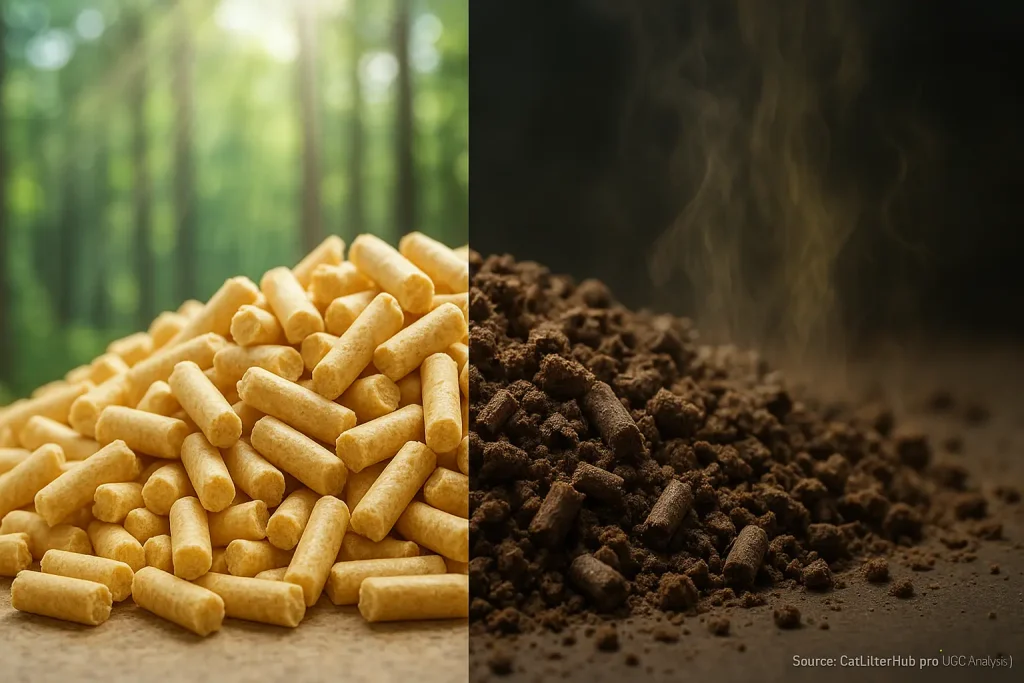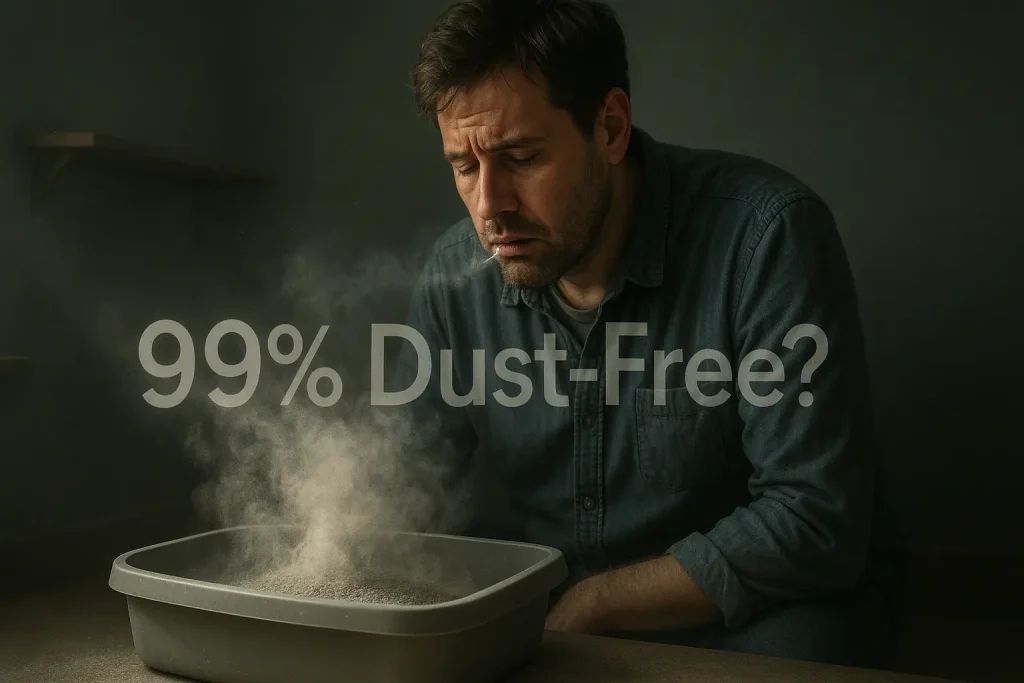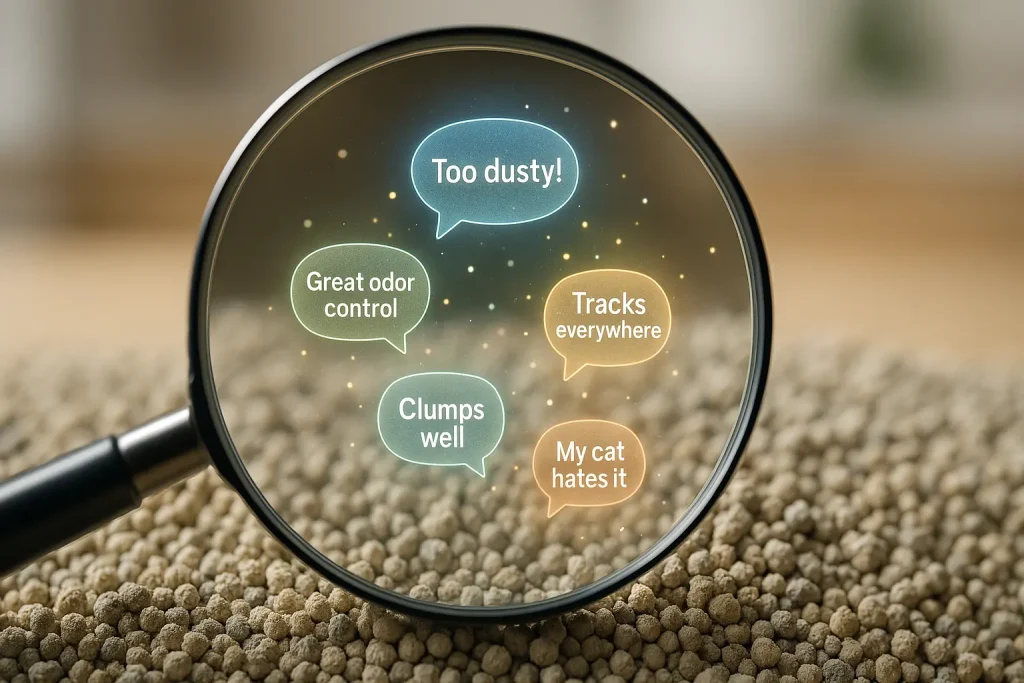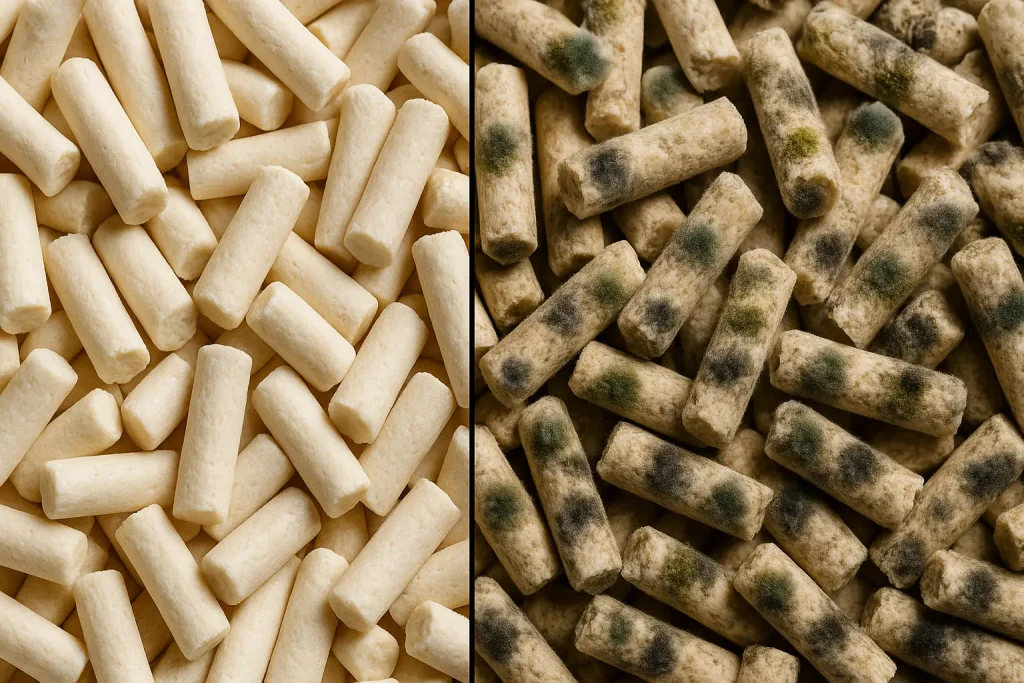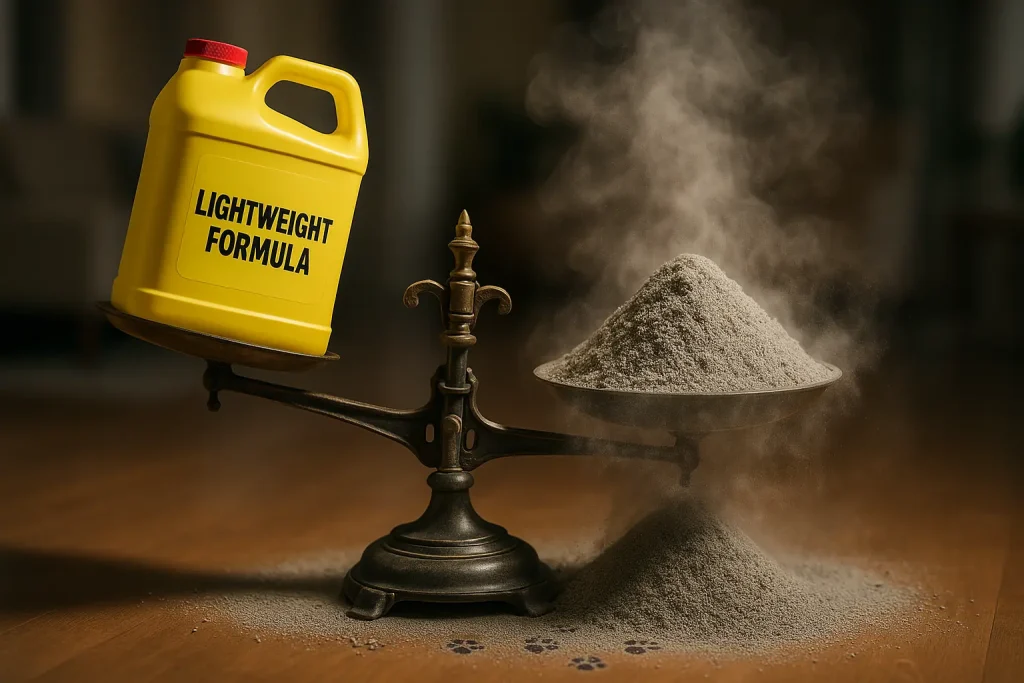Tofu Litter: The Eco-Friendly Choice with a Hidden Dark Side?
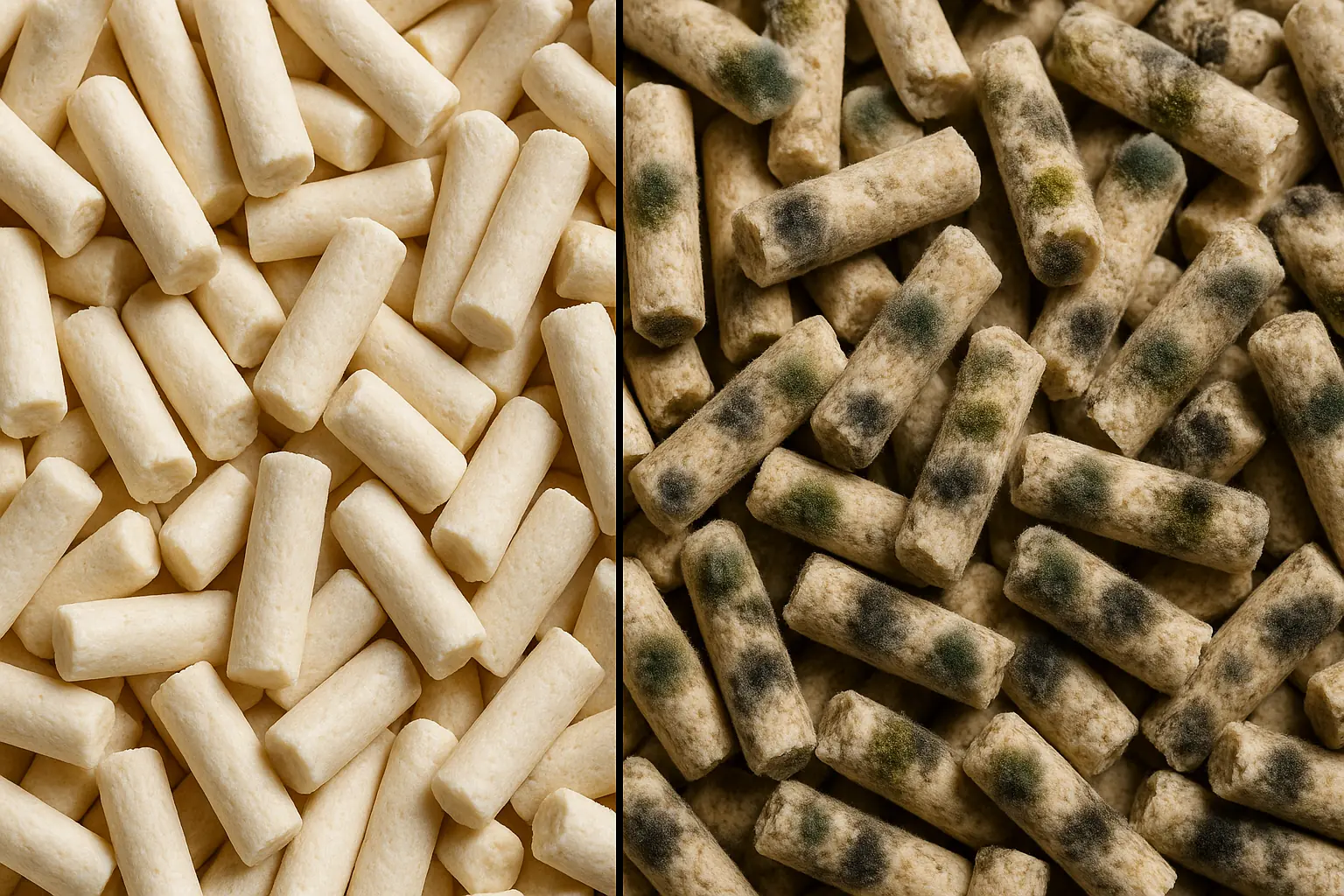
So, you're eyeing that bag of tofu cat litter, right? Biodegradable. Flushable, perhaps. It smells faintly of soy milk. This litter sounds like an eco-warrior's dream for their cat. Users often mention its lightweight nature as a big plus.
Hold that thought. What if that plant-based promise hides a damp, musty secret? A secret thousands of cat owners are discovering. Mold. Imagine Sarah, a dedicated cat mom in Miami, thrilled with her eco-choice. A week later? Fuzzy green spots greeted her. Her story is not unique; far from it.
This widespread mold problem is not about one faulty batch or a careless owner. Our deep dive into user-generated content reveals a startling, pervasive pattern across many tofu brands. Tofu litter has a serious Achilles' heel. Moisture retention often negates its marketed perks. This Cat Litter Hub investigation digs into that unspoken truth, guided by thousands of real user experiences.
Whispers from the Litter Box: Real User Reports of Tofu Litter Mold
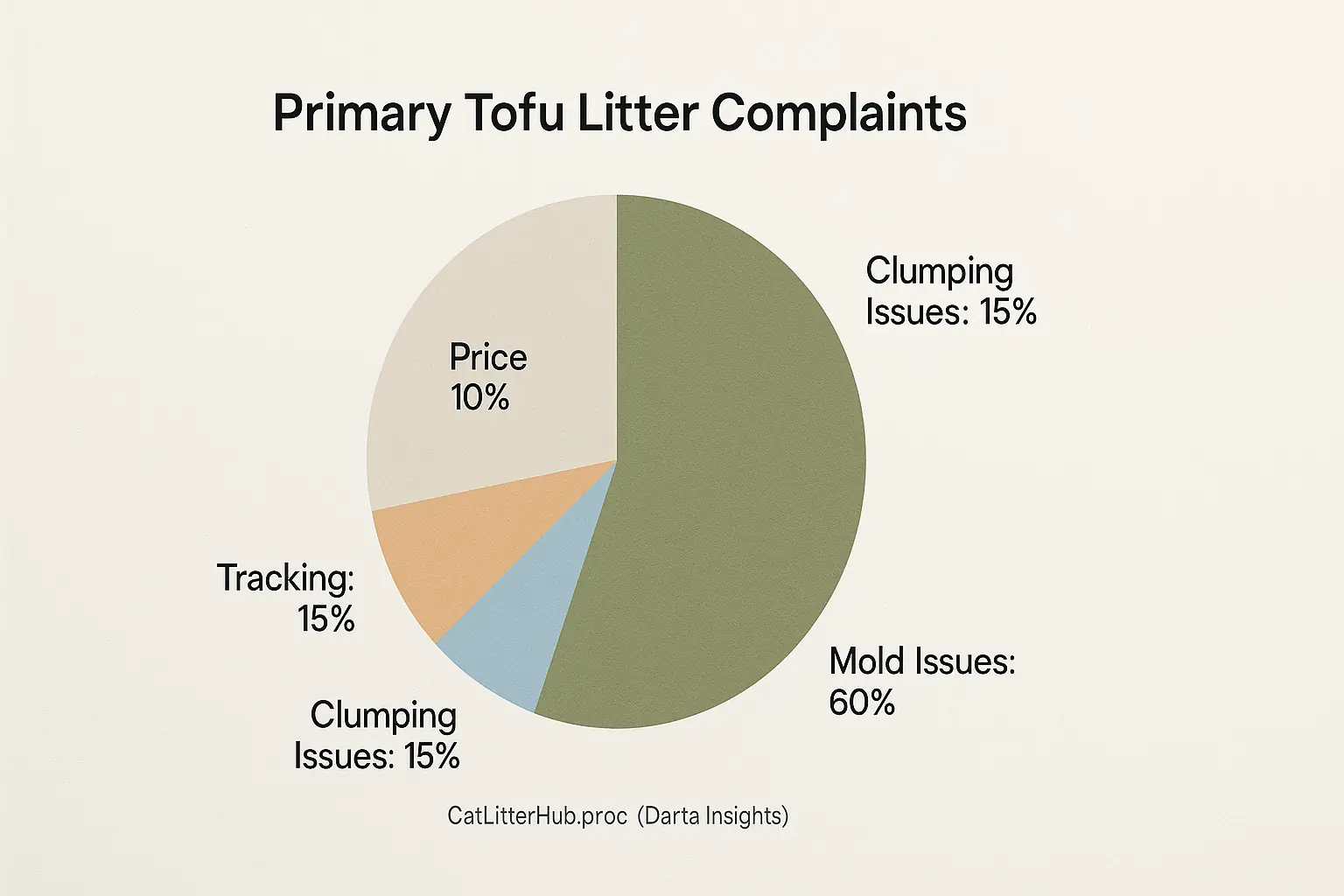
So, what are cat owners seeing? It's not pretty. Users frequently report finding everything from faint greenish tinges to full-blown fuzzy black patches colonizing their tofu litter. These visual discoveries confirm a widespread problem. Many cat parents describe these unwelcome growths in detail.
And it can happen fast. Some owners notice problems within days of opening a new bag, especially if the litter gets even slightly damp. Slight dampness accelerates this growth. Others find that the musty smell is the first clue. This odor often serves as a warning sign before visible mold takes hold.
This isn't just about one or two unlucky purchases. The sheer volume of similar reports across different brands points to a core issue. Tofu's plant-based nature makes it inherently susceptible under the right (or wrong!) conditions. Such environments allow mold to flourish.
The disappointment is palpable in reviews. Owners choose tofu for its 'clean' image. They then face a different kind of yuck factor. This experience frustrates many users seeking better litter solutions.
The Perfect Storm: How Humidity and Storage Fuel Tofu Litter Mold
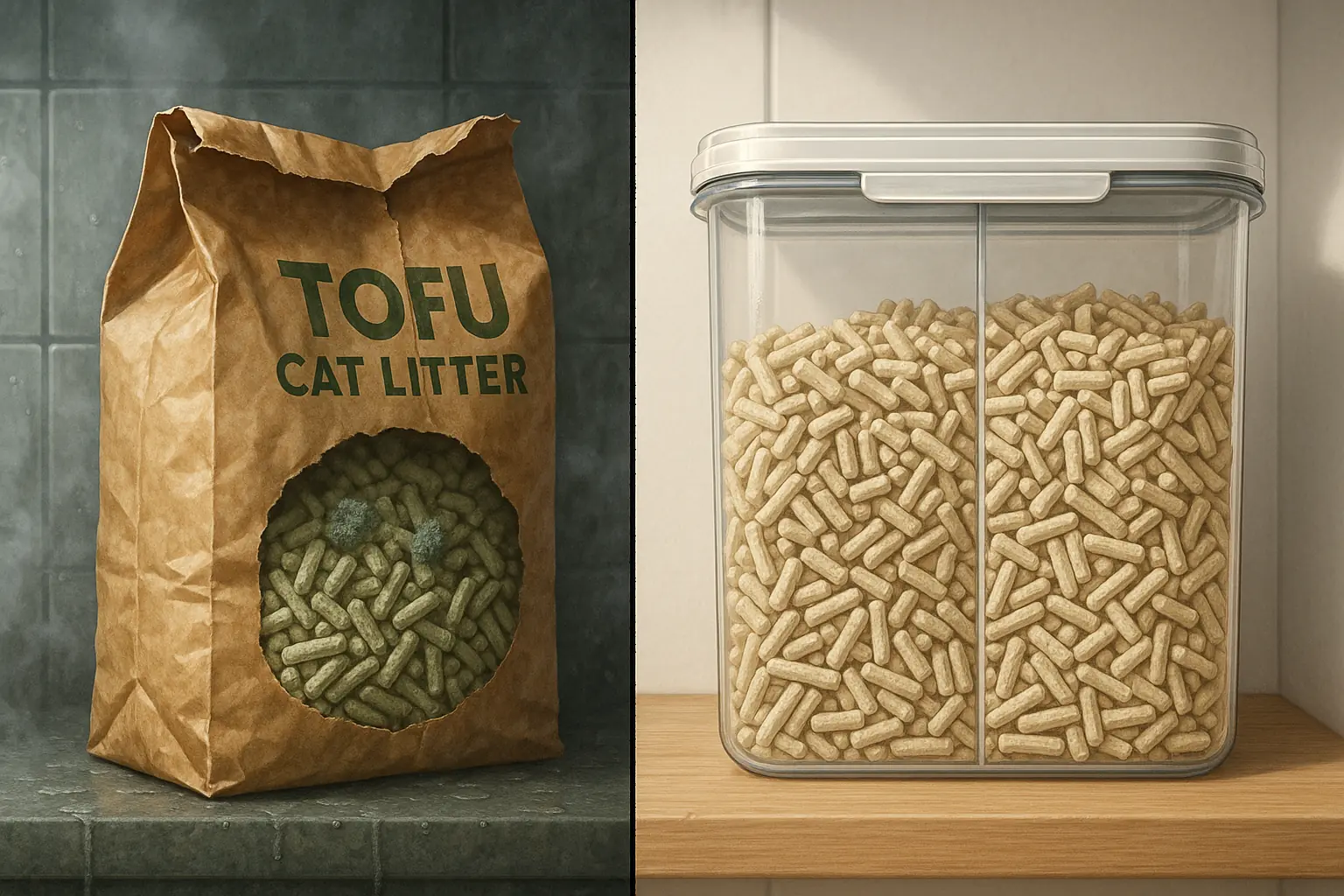
Tofu litter's plant-based composition makes it a potential target for mold. This risk escalates significantly in humid environments. High ambient moisture acts as a primary catalyst for mold on these organic materials. Our analysis of user experiences reveals a distinct pattern: owners in humid regions like Florida or coastal zones report more aggressive, frequent mold battles with tofu litter compared to those in arid areas like Arizona. Moisture is a powerful activator.
Storage practices present another critical factor in tofu litter mold development. An opened bag of tofu litter, particularly one left unsealed in a potentially damp area like a laundry room, becomes highly vulnerable. Users often describe this scenario as an open invitation for mold spores. Many community members emphasize that transferring tofu litter to a truly airtight container immediately after purchase is a key preventative step. Proper storage helps immensely.
Even subtle, indirect moisture sources can trigger mold development in tofu litter. Numerous cat owners have shared experiences of mold appearing when they placed the litter box near a steamy shower. Others pinpoint poorly ventilated basements as problem areas creating damp conditions conducive to mold. These small exposures accumulate over time. Vigilance against all moisture is necessary.
Community discussions sometimes highlight suspicions that certain tofu litter brands may be more prone to mold. This perceived difference, reported by users, could relate to variations in processing methods or the specific plant fibers utilized in the litter. Without direct comparative lab data, this remains speculative based on collective observation. However, the consistent theme from extensive user feedback is clear: all tofu litters demand careful moisture management to prevent mold growth.
Beyond the Yuck Factor: Potential Health Risks of Moldy Litter for Cats & Humans
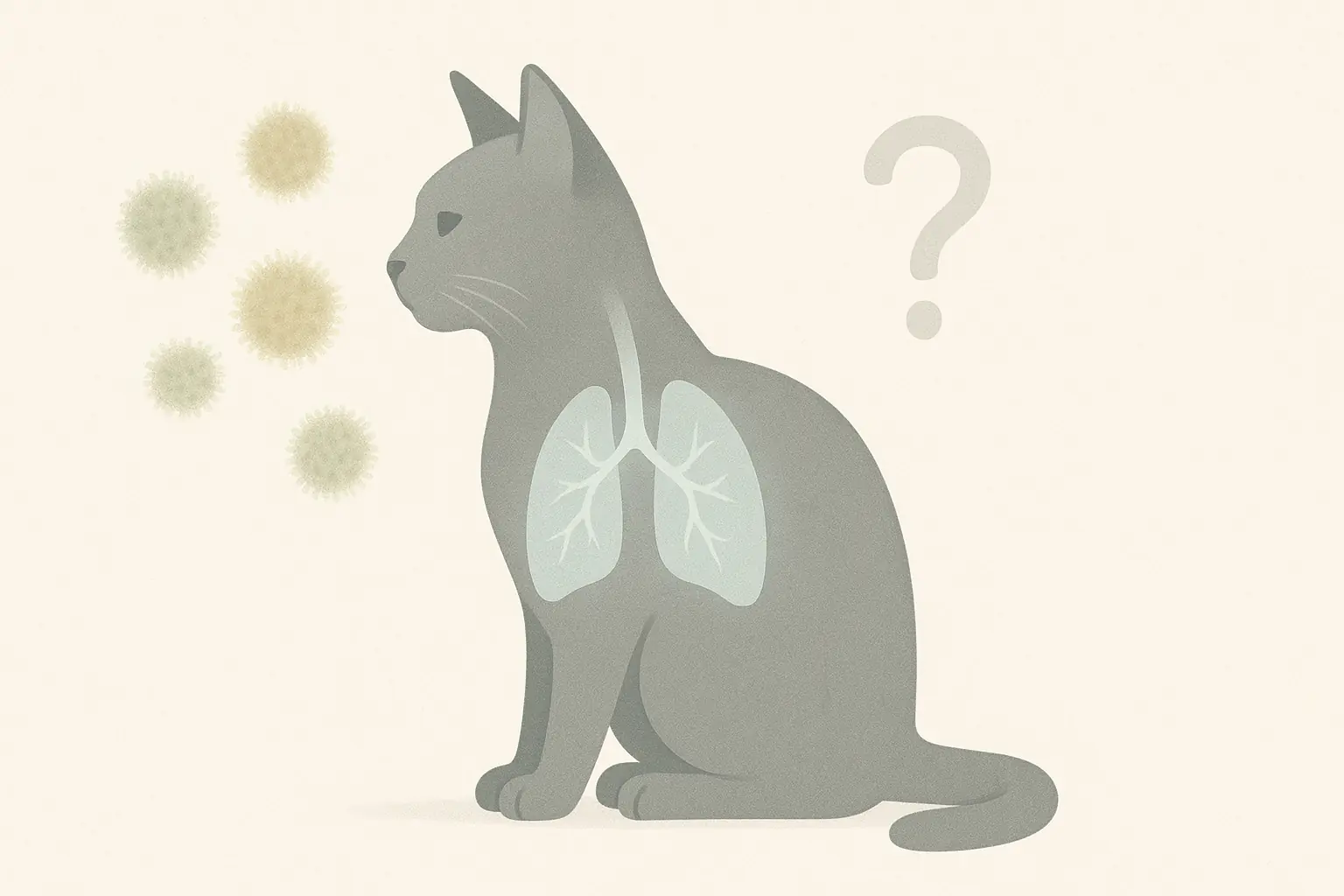
Okay, so it looks gross. But is moldy tofu litter actually dangerous? Mold spores, when airborne, are well-known triggers for respiratory issues. This isn't just a human problem; our feline companions can be just as sensitive, if not more so. Their smaller lungs can react strongly to such contaminants.
Some types of mold produce nasty little compounds called mycotoxins. Ingesting these or even breathing them in over time isn't ideal for any living creature. These toxins can have various effects. The specific health impacts often depend on the type of mold and the extent of exposure.
We've seen users in forums express worries. Their cats developed coughs or sneezes after suspected mold exposure from litter. While it's hard to draw a direct line without a vet, these anecdotal reports raise a red flag. Such user observations certainly warrant caution for attentive pet owners.
IMPORTANT: This is where our UGC analysis stops and your vet's expertise begins. If you see mold in your litter, or if your cat (or you!) shows any unusual respiratory symptoms or illness, please consult your veterinarian or doctor immediately. We're here to share user experiences. We do not give medical advice. Professional diagnosis is absolutely essential for health concerns.
Your Tofu Litter Anti-Mold Action Plan: An Interactive Checklist
Tofu Litter Mold Risk & Prevention Audit
That checklist offers a clearer picture. It details your specific mold risk with tofu litter. Simple things can make a huge difference, a common theme in owner feedback. Storage methods matter. Box placement is also key. Many users confirm these small changes help prevent mold growth.
The bottom line? Tofu litter can be a great eco-friendly choice. This option, however, demands more mindfulness. Many owners realize this important fact too late. Stay vigilant. Manage moisture effectively. You will then significantly reduce unwelcome fuzzy surprises.
From the Trenches: User-Tested Tactics to Combat Tofu Litter Mold

So, what are savvy cat owners actually doing to fight the fuzz? Beyond basic manufacturer advice, clever tactics have emerged directly from community experience. Cat Litter Hub's analysis of user feedback uncovers these practical, real-world solutions for tofu litter mold.
Airtight storage is king. Many users swear by specific types of containers to keep tofu litter pristine. They report great success using large, food-grade plastic bins, the kind withしっかり (shikkari - firmly) locking lids. Some owners even vacuum-seal portions of larger bags for long-term storage, ensuring each batch stays dry until needed. This simple step prevents ambient moisture from compromising the litter.
A few resourceful owners experiment cautiously with moisture-absorbing agents in their storage setups. A tiny sprinkle of food-grade diatomaceous earth might be added to the main storage container – never directly into the litter box without thorough research on feline safety. This is an 'at your own risk' tip shared by some users. Remember, less is definitely more if you try this community hack.
The user-reported mantra remains: scoop often. Diligently removing wet spots minimizes moisture buildup, a key deterrent to mold growth in the litter box itself. And if your home is prone to humidity? Cat owners in these areas frequently suggest resisting those giant 'value' bags of tofu litter. Using smaller bags more quickly ensures faster turnover, giving mold less opportunity to develop.
Tofu Litter Verdict: Balancing Eco-Perks Against the Mold Menace
Let's be clear: tofu litter presents some genuine upsides. It is often biodegradable. It is lighter than clay. Some brands even claim flushability (our analysis of that specific claim is extensive elsewhere). For the eco-conscious cat owner, these features can make tofu litter seem like an ideal choice, a perfect solution.
But, as Cat Litter Hub's review of countless user experiences reveals, a persistent mold risk casts a significant shadow. This problem is real. It’s the unspoken asterisk on the packaging for many users. This potential for mold growth is a major concern consistently voiced in owner feedback, especially in humid environments or with less-than-perfect storage.
So, is tofu litter a complete no-go? Our data suggests not universally. If you live in an arid climate, practice meticulous airtight storage, scoop with extreme diligence, and use up bags very quickly, you might avoid mold issues. Many owners, however, find this required constant vigilance becomes a demanding chore. For them, the effort can certainly outweigh the benefits.
Ultimately, you know your home environment. You understand your tolerance for this particular risk. If the potential for mold with tofu products feels like too much hassle, don't worry. Other plant-based and natural litters are available. User reports indicate many of these alternatives are less prone to this specific problem. The crucial step is to weigh the pros and cons based on synthesized real-world data, not just marketing claims. Explore our deep dive into litter materials for more insights and options.
Related Insight: Litter Storage Secrets: User Hacks to Keep It Fresh, Dry & Pest-Free (Especially Naturals!)
Tofu litter’s reported mold issues highlight a wider concern. Many natural litters, users find, demand careful storage. This preserves their intended quality. Owner experiences reveal many practical storage methods.
The collective experience of cat owners offers real solutions. Our upcoming feature delivers this: a comprehensive guide on how users across all litter types are maximizing freshness and preventing spoilage through clever storage techniques. These community-verified hacks keep litter dry. Fresh. And crucially, pest-free.


